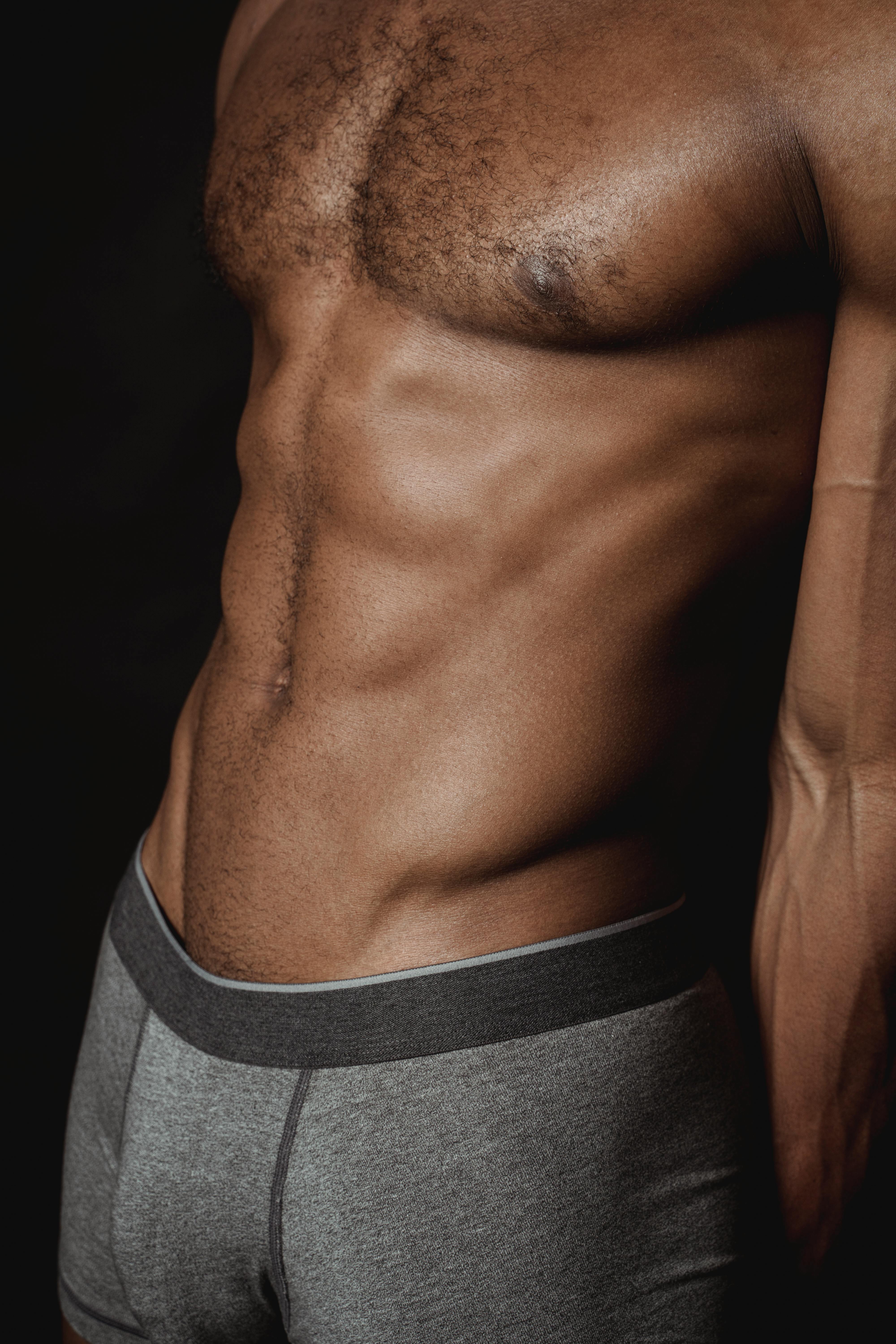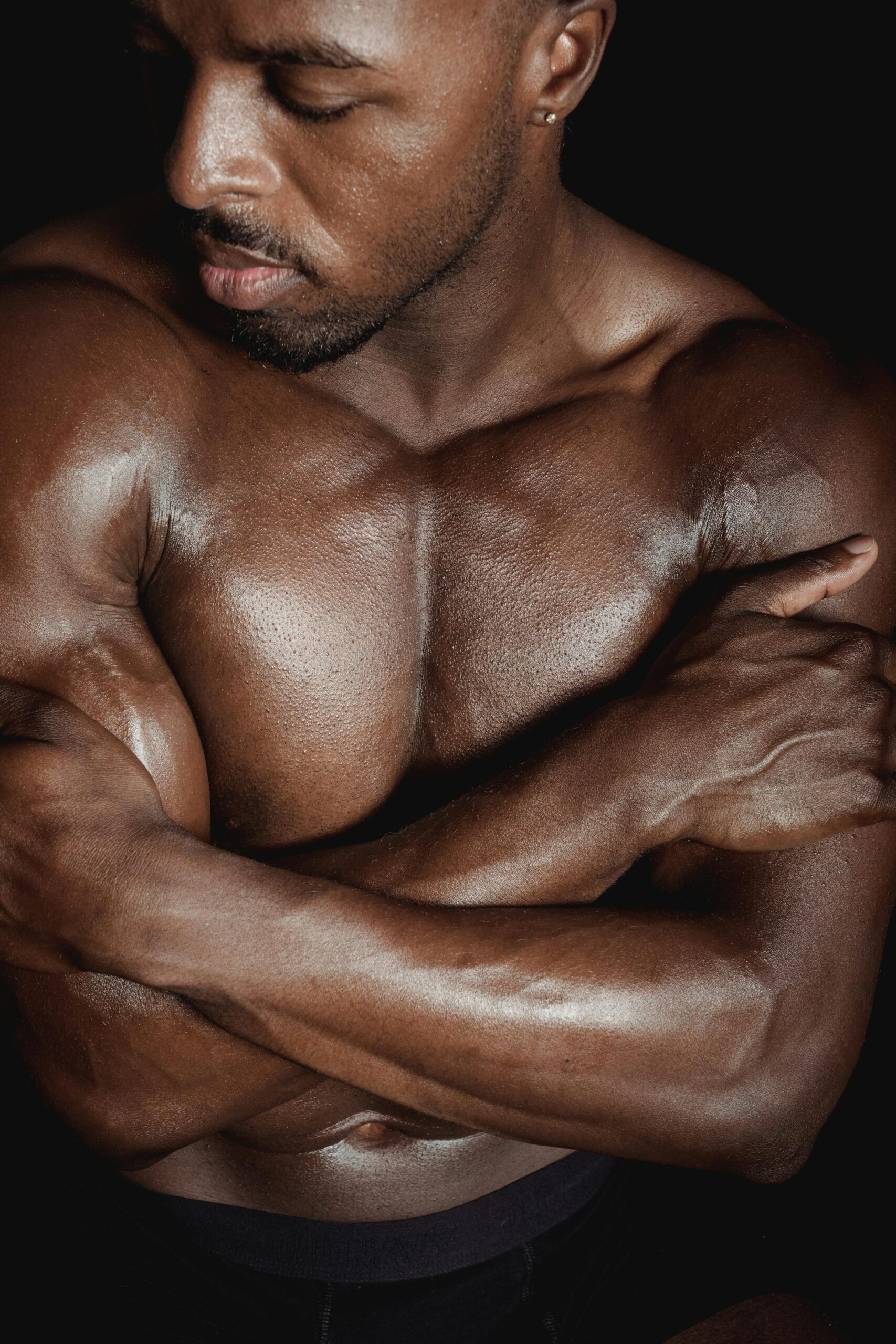Practical Ways to Enhance Your Upper Chest Workouts in 2025
The upper chest is often a neglected area in many workout routines, yet building this muscle group is essential for both aesthetics and strength. A well-developed upper chest not only enhances your physique but also plays a crucial role in various upper body movements. In 2025, incorporating targeted strategies and exercises can significantly enhance your upper chest workouts. This article will explore effective upper chest exercises, tips for creating an efficient workout plan, and the latest trends in upper body training.
Focusing on the upper chest muscle can lead to a more defined and balanced physique. With an array of options available—from resistance band exercises to traditional weightlifting—there’s something for everyone. Whether you’re a beginner or a seasoned athlete, integrating these techniques will boost your results and help you achieve your fitness goals.
We will delve into the benefits of upper chest workouts, outline specific exercises, and provide you with a comprehensive plan to enhance your upper chest training. Let’s get started on building a stronger, more defined upper chest!
Essential Techniques for Upper Chest Strength Development
Having established the importance of upper chest exercises, it’s time to explore effective techniques that can improve your training efficacy. Incorporating a variety of movements targeting the upper chest muscles is key to achieving growth and definition. Whether you prefer working out at home or in the gym, there are strategies to fit your lifestyle.
Top Upper Chest Exercises You Should Try
Start with classic lifts like the incline bench press and incline dumbbell flyes, which specifically target the upper chest. These movements create a greater angle of resistance, promoting hypertrophy in the upper pectoral region.
Another effective exercise is the cable crossover, particularly when adjusted to a higher pulley position, which emphasizes the upper chest during contraction. Adding resistance bands to your routine can also offer dynamic tension throughout your movements, enhancing overall muscle engagement.
Lastly, don’t overlook bodyweight exercises such as push-ups performed with feet elevated. This variation shifts more emphasis onto the upper chest and provides a solid foundation for bodyweight enthusiasts.
Integrating Resistance Bands into Your Routine
Resistance bands are versatile tools that can enhance your upper chest workouts greatly. One effective approach is incorporating banded push-ups and band pull-aparts into your regimen. These exercises allow for a greater range of motion and consistent tension on the muscles, leading to improved strength.
Moreover, resistance bands can be utilized for variations on traditional lifts, such as adding resistance to your incline dumbbell press. Experimenting with resistance bands helps to develop stabilizer muscles, ultimately contributing to a stronger upper chest.
Utilizing Dumbbell Training for Upper Chest Hypertrophy
Dumbbells are crucial for promoting balanced strength, especially in the upper chest. The unilateral nature of dumbbell training allows for better muscle activation and reduces the risk of strength imbalances.
Incorporate exercises such as dumbbell bench presses at an inclined angle, which targets the upper chest efficiently. Mixing in variations such as single-arm dumbbell presses can also provide distinct advantages by engaging more muscle fibers and enhancing core stability.
A combination of both heavy lifting and higher rep ranges (e.g., 8-12 reps) can stimulate significant progression in muscle size and strength in the upper chest region.
Building a Comprehensive Upper Chest Workout Plan
With exercises established, the next step is to organize them into a cohesive upper chest workout plan. Structuring your workouts is essential in ensuring consistent progress and reducing the chances of plateauing.
Designing a Balanced Weekly Routine
When creating your upper chest workout schedule, it’s critical to balance targeted exercises with overall upper body training. For optimal results, shoot for 2-3 sessions per week dedicated solely to upper chest training, while allowing adequate recovery time.
Your workout plan should include a mix of compound movements and isolation exercises. Start with heavier lifts to build strength and transition into lighter weights for hypertrophy focused work, which will effectively engage the upper chest muscles.
Monitoring Progress and Adjusting Your Plan
Effective training involves tracking your progress regularly. Maintain a training journal to log exercises, weights, reps, and even how you feel after each session. This will provide insight into your improvements and help indicate when to adjust your plan—whether that’s increasing weight or varying exercises.
Consider implementing periodization in your training, cycling between weeks of heavier and lighter loads. This strategy, combined with progressive overload, is vital for continuous growth in upper chest strength.
Leveraging Online Resources for Effective Upper Chest Training
In 2025, there are abundant online resources and communities dedicated to fitness. Utilize these platforms for fresh ideas, motivation, and expert recommendations. Engaging with a fitness community can also provide accountability, ensuring you stay focused on your upper chest training goals.
Online fitness courses and training platforms often feature specialized workouts tailored for building upper chest strength, making your training sessions more effective and engaging.

Leveraging Proper Nutrition for Upper Chest Development
Achieving a well-defined upper chest goes beyond the gym; nutrition plays a critical role in muscle growth and recovery. It’s crucial to fuel your workouts with a balanced diet designed to support your fitness goals.
Building Muscle with the Right Nutrients
To maximize muscle hypertrophy, focus on consuming adequate protein. Aim for at least 1.6 to 2.2 grams of protein per kilogram of body weight, which can aid in muscle repair and growth. Options such as lean meats, dairy, legumes, and plant-based proteins should be prioritized.
In addition, incorporate complex carbohydrates to provide sustained energy for your workouts. Foods like quinoa, oats, and sweet potatoes can help maintain your performance during training sessions.
Post-Workout Nutrition for Recovery
Post-workout nutrition is vital for recovery. Consuming a mix of protein and carbohydrates within 30 minutes to 2 hours after a workout can optimize muscle repair and glycogen replenishment. Protein shakes or meals including chicken with whole-grain rice can effectively support recovery processes.
Don’t forget about hydration as well; staying properly hydrated ensures you maintain optimal performance during your workouts. Aim to drink water before, during, and after your training sessions.

FAQs About Upper Chest Workouts
What are effective home exercises for strengthening the upper chest?
For those training at home, incline push-ups, elevated push-ups, and resistance band flyes are effective exercises. These can be easily performed with minimal equipment.
How often should I work on my upper chest?
Training your upper chest 2-3 times a week is ideal for optimal recovery and growth. Ensure to balance your routine with sufficient rest days.
Can I achieve upper chest definition without weights?
Yes, bodyweight exercises, such as elevated push-ups and variations in positioning, can help target the upper chest without the need for weights.
What’s the best way to avoid shoulder strain during upper chest exercises?
Always prioritize proper form during exercises. Warm up before your workouts, and consider varying your grip width and angles to reduce strain on the shoulders.
Are there specific diets that can aid upper chest development?
A balanced diet rich in protein, healthy fats, and complex carbs is essential for muscle development. Logically incorporating proper post-workout nutrition will also directly influence your success.
In conclusion, enhancing your upper chest workouts in 2025 involves understanding effective techniques, building a balanced routine, and proper nutrition. Embrace the tips outlined, and you’ll be well on your way to achieving a stronger, more defined upper chest.
